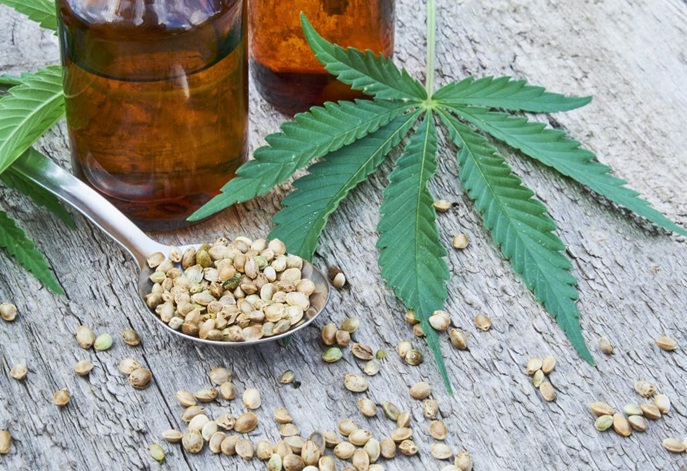The popularity of essential oils in 2022 is no secret. Right now, their global market size has a value of almost 10 billion US dollars.
Essential oils have been working their way into our everyday lives for over a decade now. Shampoos, bug repellants, laundry soaps, and even food flavorings can all be found with essential oils included in them.
Because of this, you should know the difference between therapeutic grade essential oils vs food grade when you are looking to buy. The distinction will help you know how and where to use them.
Keep reading to learn everything you need to know about the therapeutic grade and food grade essential oils.
What Are Therapeutic Grade Essential Oils?
While there are no clear rules to define therapeutic grade essential oils, there are some factors you can use to determine them. The term “therapeutic” is simply a marketing tool, but it shows how the oils should be used.
Therapeutic grade essential oils are primarily for topical and aromatherapy uses. The FDA does not approve them for ingesting.
The best essential oils are made through a steam distillation process and made from 100% plant materials. Cold pressing is another good manufacturing process for oils like bergamot and citrus.
Before buying these oils, be sure to look into their production process, their included carrier oils, and if they are properly tested.
What Are Food Grade Essential Oils?
The best way to tell if your essential oils are food grade is to look for nutrition facts on the bottle or box. Per the law, all things meant to be ingested must have a food grade label.
Additionally, to determine if you have food grade essential oils, figure out if the main ingredient is for cooking. Typically, oregano, peppermint, thyme, spearmint, and cinnamon oil are all safe to eat.
Keep in mind; no essential oil should be regularly ingested in large quantities. Often, when using food grade essential oils in the kitchen, you should only use one to five drops for the entire meal.
Essential oils are incredibly potent and can be dangerous or poisonous in large doses.
Choosing the Right Essential Oils for You
The differences in therapeutic grade essential oils vs food grade are all in the label. Before ingesting any essential oil, read the nutrition facts and make sure it is safe to consume.
Some so-called “food grade essential oils” may not be as safe as they claim, which is why you must do your research. Always dilute any essential oil with water, coconut oil, or another safe medium before use.
If you are unsure whether your essential oils are safe to ingest, play it safe and keep it as an aromatherapy option, not in your kitchen. Or you can get an essential oils reference guide to learn more about its uses.
Know Your Essential Oils
The distinction between therapeutic grade essential oils vs food grade essential oils isn’t as clear as many think. Because the lines can blur, you should always find out plenty of information about your oils before buying.
If you enjoyed this therapeutic and food grade essential oils guide, check out the rest of our health page for more articles you may be interested in.








Comments